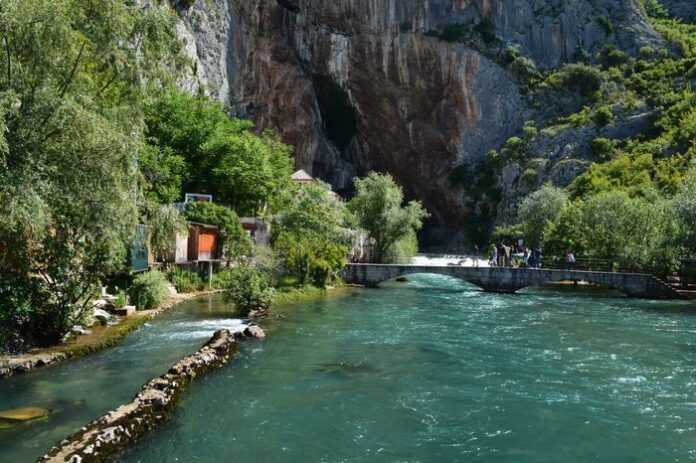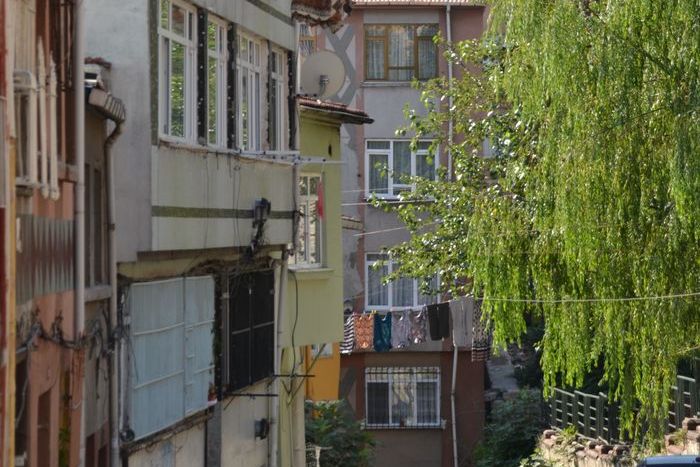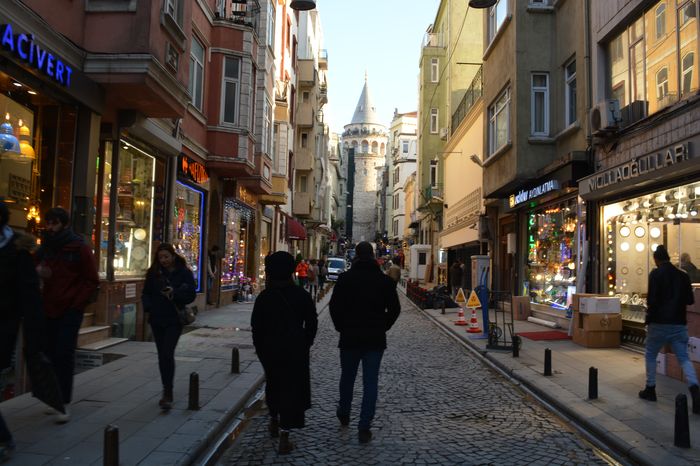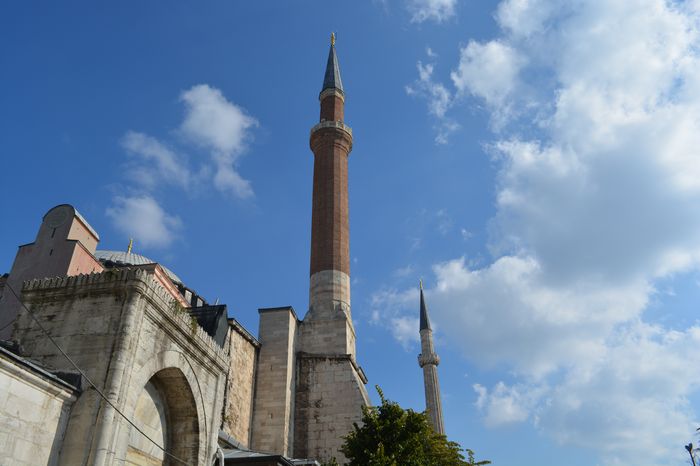In the year 1317, general repairs were once again carried out on the Theodosian Walls by Emperor Andronicus II Palaiologos. These restorations were funded by money left behind by his wife, Empress Irene, who passed away in that same year.
Although the historical records about these works are limited, the only evidence we have of the repairs now lies beyond the main Theodosian wall line, suggesting that the work may have focused on the outermost defenses.
Major Earthquake and Extensive Restoration in 1344–1345
A powerful earthquake struck Constantinople in October 1344, during the youth of John VI Palaiologos. At that time, there was a fierce political struggle for control of the empire between two powerful figures: Alexios Apokaukos and John Cantacuzene Repairs Near the Gate of Charisius.
The earthquake caused serious damage to the Theodosian Walls. Apokaukos, who controlled the city during this crisis, acted quickly and began large-scale restoration efforts. These included:
Rebuilding the Inner and Outer Walls from end to end
Raising the parapet along the moat to the height of a man, to strengthen the defense
This project became the most extensive restoration of the Theodosian Walls since the great earthquake of 447 AD. The work was finished in January 1345, just before John Cantacuzene launched his siege on the city.
The Golden Gate and the Fortress of Seven Towers
Earlier in the same period, John VI Palaiologos had also repaired the Golden Gate, one of the most important ceremonial and military gates in the walls. Behind this gate, he constructed a fortress, which later became the inspiration for the famous Turkish fortress called the “Yedikule” or Castle of the Seven Towers.
This fortress served both as a defensive stronghold and a symbol of imperial power.
Final Restoration Before the Fall John VIII Palaiologos
The last major restoration of the Theodosian Walls took place under Emperor John VIII Palaiologos, who ruled from 1425 to 1448. This time, the focus was mainly on repairing the Outer Wall Istanbul City Tour.
The work was slow and difficult. Many inscriptions were carved to commemorate the repairs, and they are dated between 1433 and 1444, showing that the project took more than a decade to complete. The Imperial treasury was nearly empty at the time, which likely caused delays and interruptions.
The inscriptions were engraved on small marble slabs, with letters filled in with lead. Unfortunately, the workmanship was poor, both in the design and the quality of the lettering.
One such inscription can still be seen on the outer tower closest to the Sea of Marmara, marking the empire’s last efforts to strengthen the walls before the city fell to the Ottomans in 1453.
The final centuries of the Byzantine Empire saw repeated attempts to restore and protect Constantinople’s legendary walls. Despite political conflict, earthquakes, and financial hardship, the emperors and their officials recognized the vital role the Theodosian Walls played in defending the city. These late repairs, although less elegant than earlier ones, reflect the empire’s resilience and determination to survive—even in its final days.







